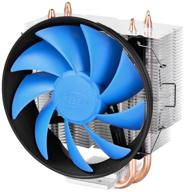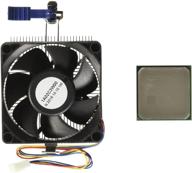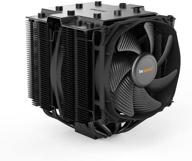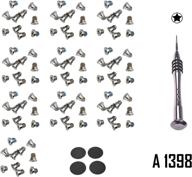
Review on ASUS TUF Gaming Z590-Plus WiFi 6 LGA 1200 ATX Gaming Motherboard: PCIe 4.0, 3xM.2/NVMe SSD, 14+2 Power Stages, USB 3.2 Type-C, 2.5Gb LAN, Thunderbolt 4, Aura RGB by Kero Sama ᠌

Great product, a pleasure to use.
For a long time I chose a motherboard under 11900K. I've read enough reviews, about all these power lines and so on. Although the most important thing for me was the presence of the required number of slots to cram peripherals, such as a sound card, Raid controller, IEEE1394 ports and other things that impose their requirements on the motherboard, and as it turned out, there were not so many suitable mothers. I chose between several from Asus in the price range from 18 to 25tr, I almost took it for 35, but then changed my mind and bought it for 18 at a TUF discount, because it was praised as a stable middle peasant without any obvious disadvantages. I am satisfied with the purchase, all devices on it started up normally, except that the memory of the Corsair Vengeance LPX 32 GB (16 GB x 2) CMK32GX4M2B3200C16R was buggy at 3200 MHz and I had to raise the voltage to 1.5V. Perhaps it would be different on another mother, or maybe not, and this is the whole problem in memory. As for the BIOS settings, there is everything you need and a lot more that is incomprehensible and is unlikely to be needed by a person who is not going to overclock the processor or memory. And it is not clear why the concept of gaming and overclocking, they are somehow close. For example, I built myself a computer for games, but why should I drive a percentage if the performance in games is 99% dependent on the video card and the game often doesn’t matter what kind of i3 or i9 processor you have. From the fact that I overclock something there, I will only lose stability in the operation of the computer, which in games is fraught with the fact that I will worsen the overall result or let the team down. I always thought that overclocking is the lot of those who did not have enough money for top-end components and he is trying to compensate for this by changing operating modes. Or, as it used to be, when you just had a top-end processor, but it rendered an hour of video in 6 hours without overclocking, but with overclocking in 2. Here you could not buy another one, because this one is the most expensive. And then I started building dual-processor systems. But there was such a time. And here it turns out that the word gaming, like the word jazz, can be called the most opposite things.
- Number of ports, slots, customization and overclocking options. The remote WiFi antenna does not stick out at the back. You can connect a bunch of fans and even lights.
- It is twice as expensive as simpler boards, although in my configuration without overclocking, they would also work. Together with the drivers, a bunch of software is installed, which then starts to knock out errors when you turn off the computer, and until you close all the windows with your hands, it will not turn off. Demolished the software from asus, the problem disappeared.
New products
Comments (0)
Top products in 🧰 Computer Internal Components

Deepcool GAMMAXX 300 CPU cooler, silver/black/blue

166 Review

Unleash High-Performance with AMD Ryzen 5 3600XT Processor & Wraith Spire Cooler

223 Review

💪 AMD FD6300WMHKBOX FX-6300 Black Edition: 6-Core Processor with Unparalleled Performance

134 Review

🌬️ Silent Cooling Power: Dark Rock Pro 4 CPU Cooler with 250W TDP, BK022

134 Review
Another interesting products

uxcell 3.5" HDD Screw Black 200pcs for Computer PC Case - Flat Phillips Head - 6#-32 - Hard Drive Fasteners

10 Review

🔧 Premium Repair Replacement Screws & Tools for MacBook Pro Retina 15"/13" - Complete Bottom Case Set

10 Review

Comprehensive 500pcs Laptop Screw Kit Set for 🔩 IBM HP Dell Lenovo Samsung Sony Toshiba Gateway Acer

12 Review

🖥️ Helifouner 450-Piece Computer Standoffs Spacer Screws Kit: Ideal for Hard Drive, Motherboard, Fan, Power Graphics & Computer Cases

10 Review

